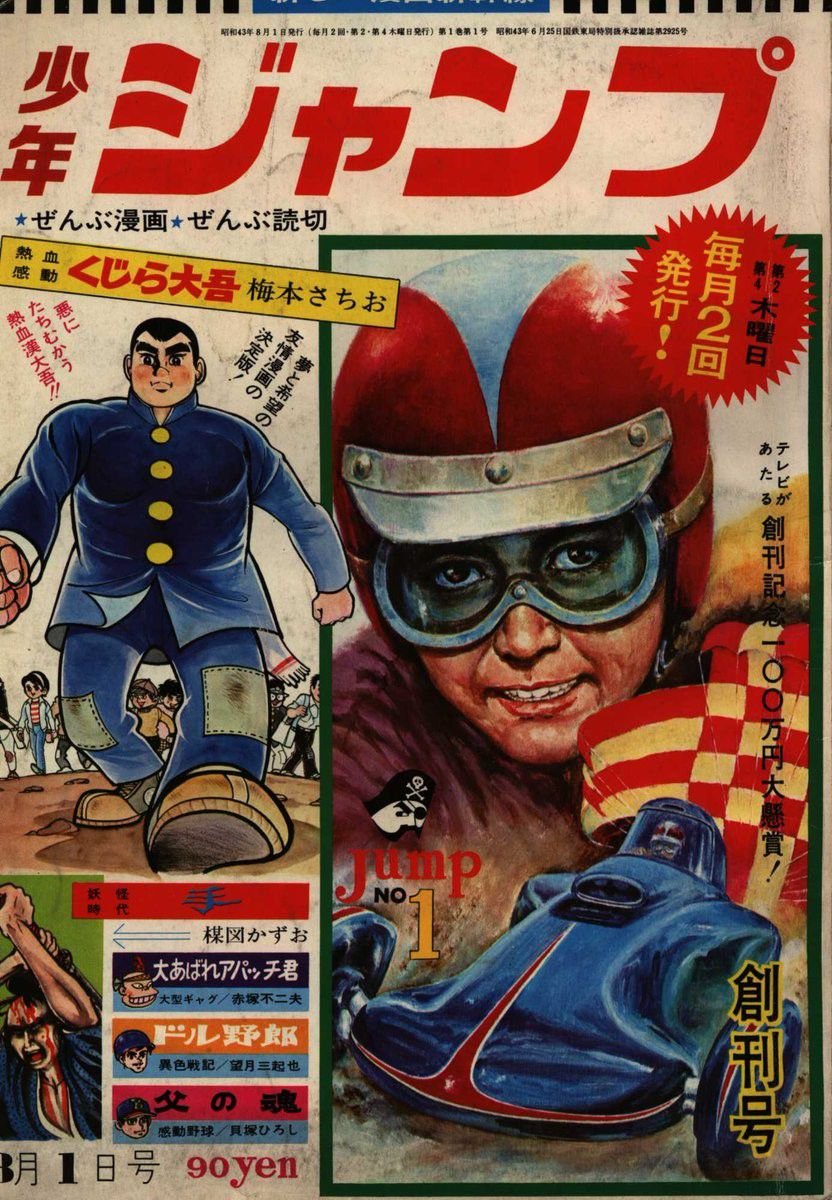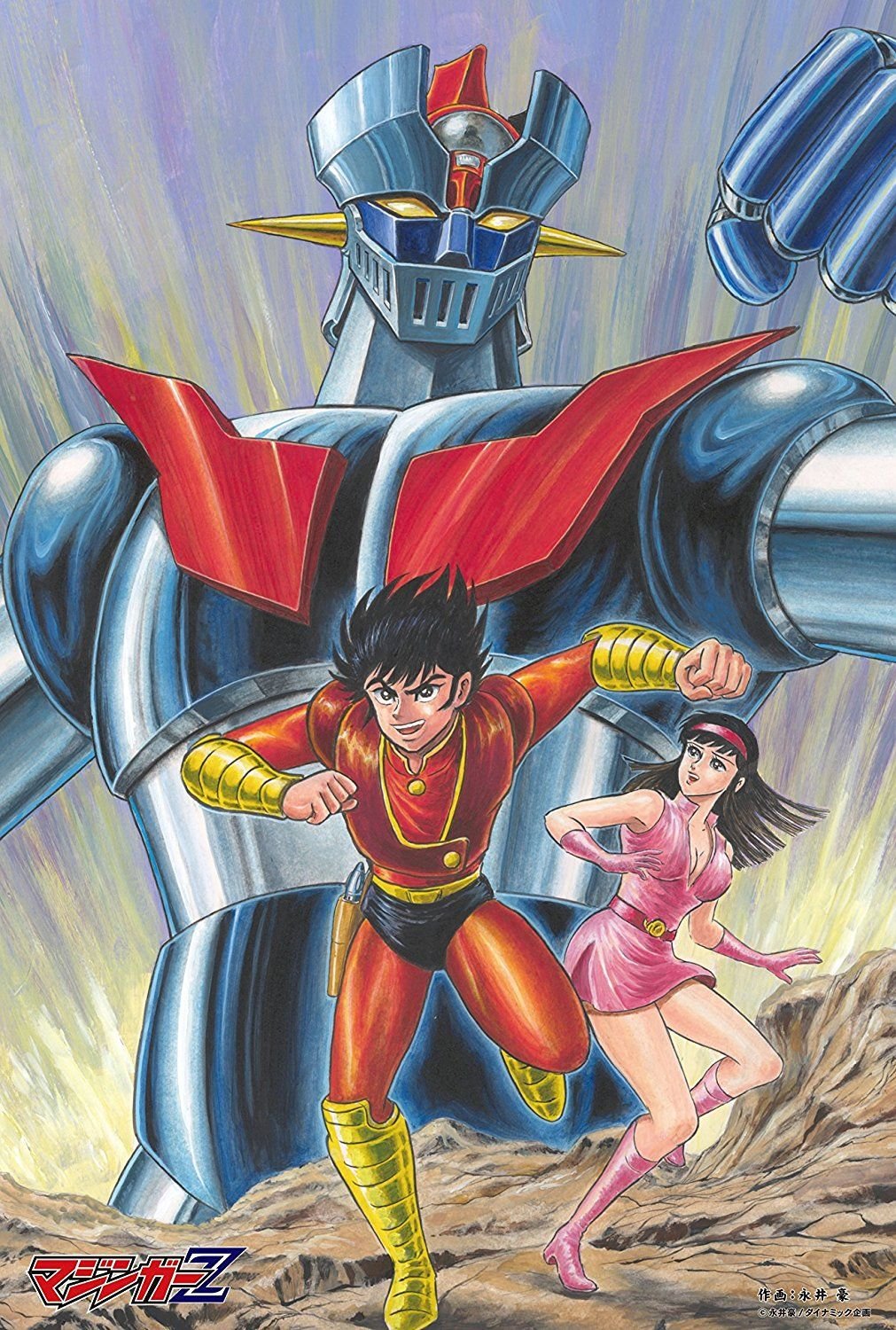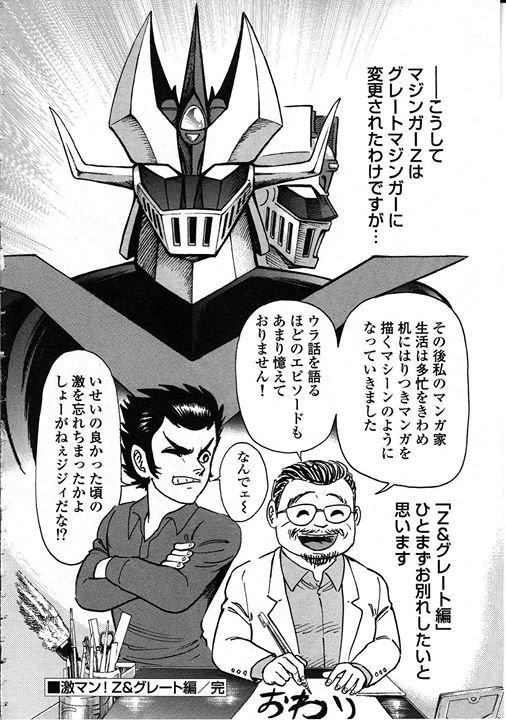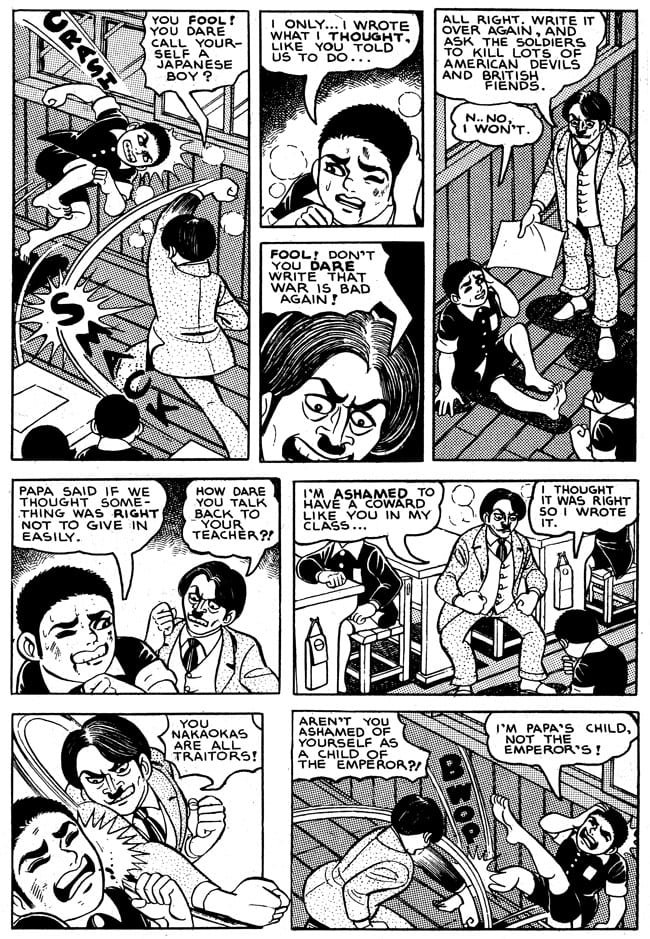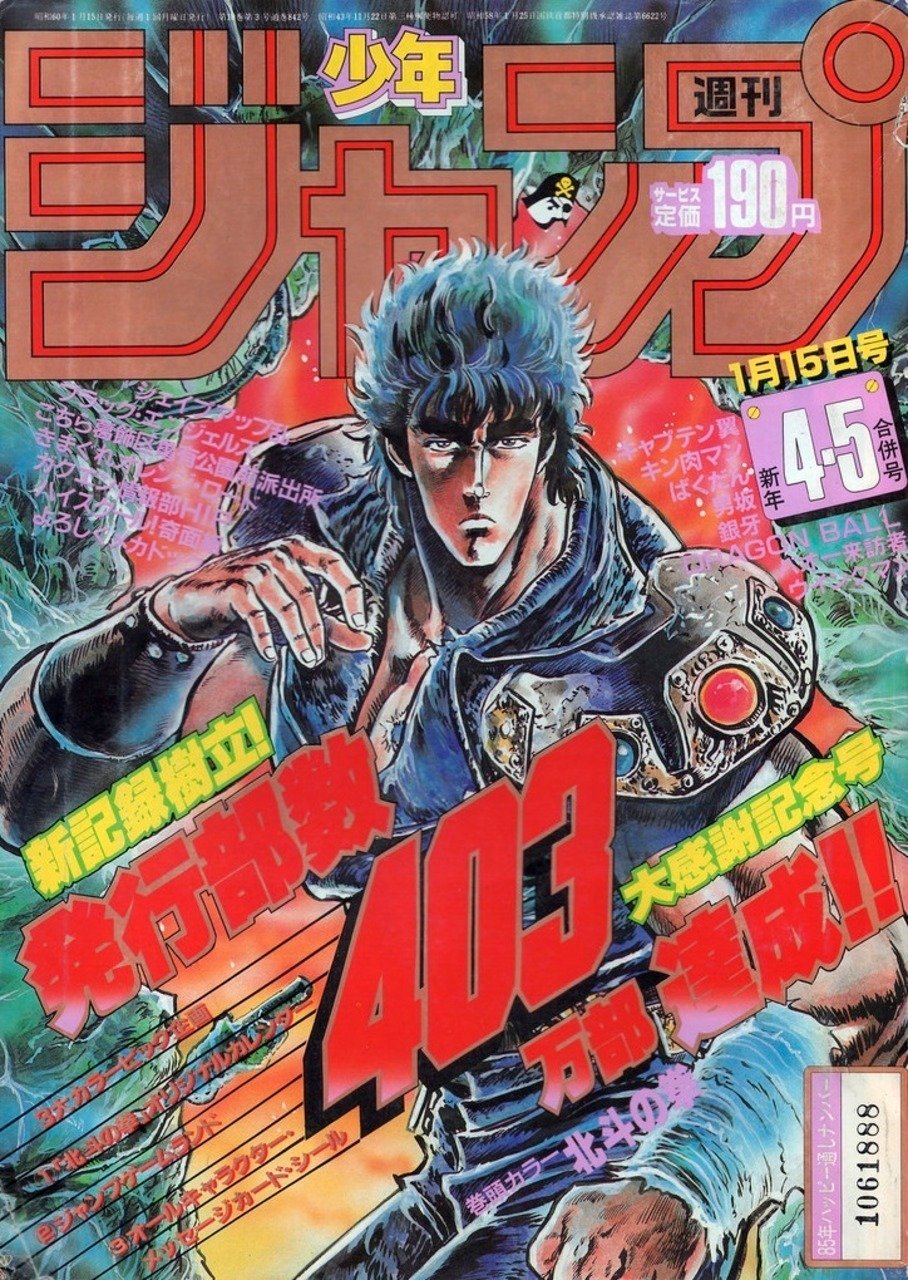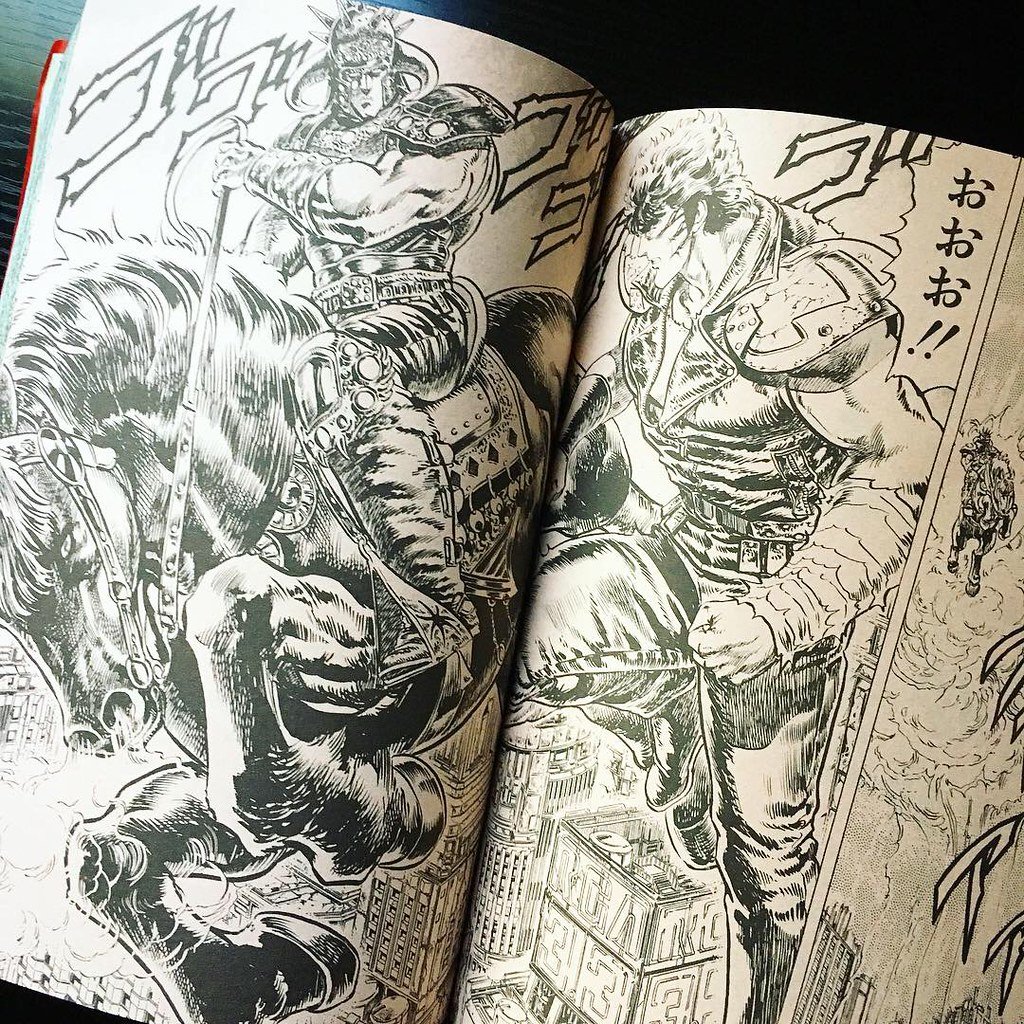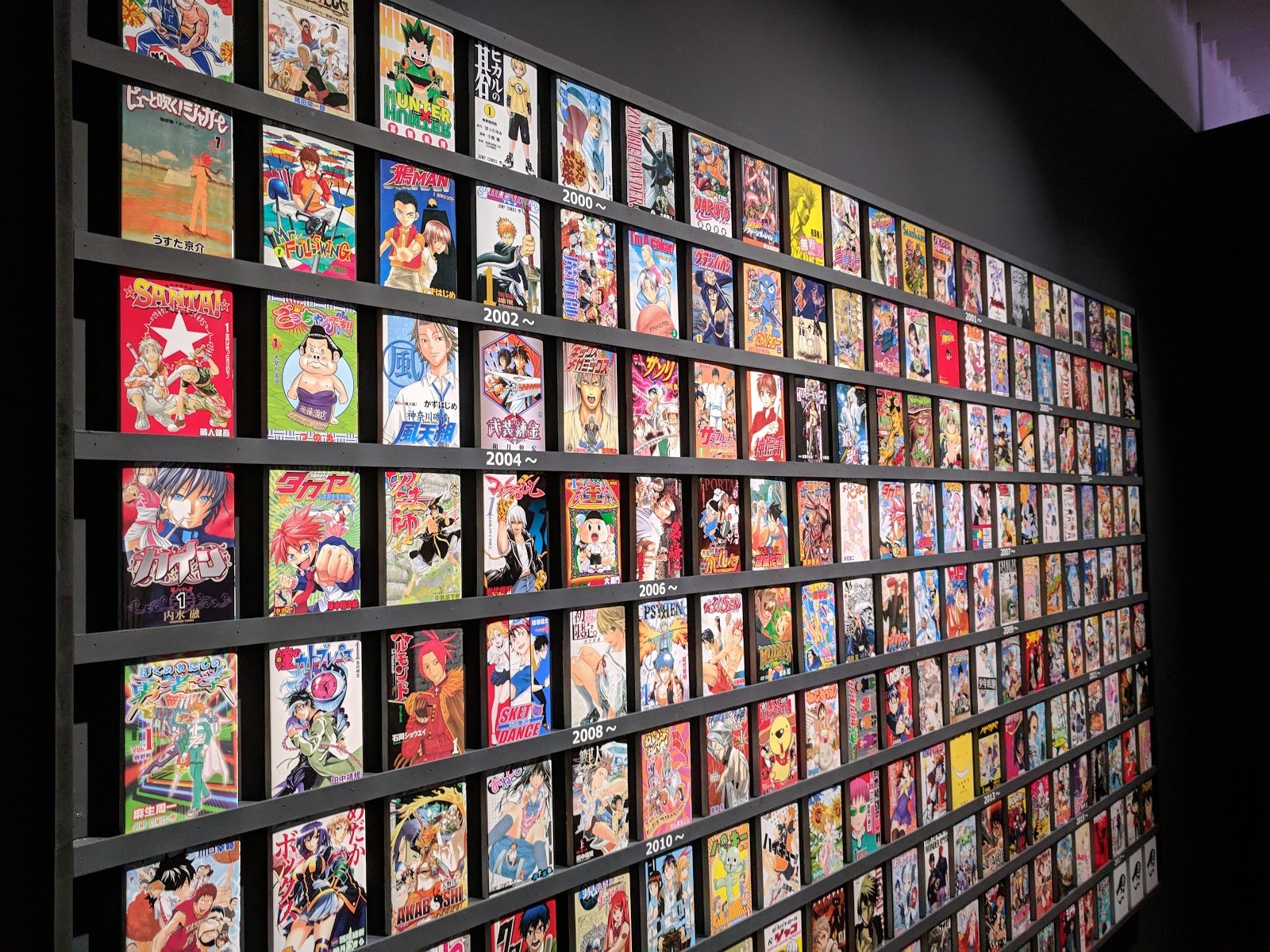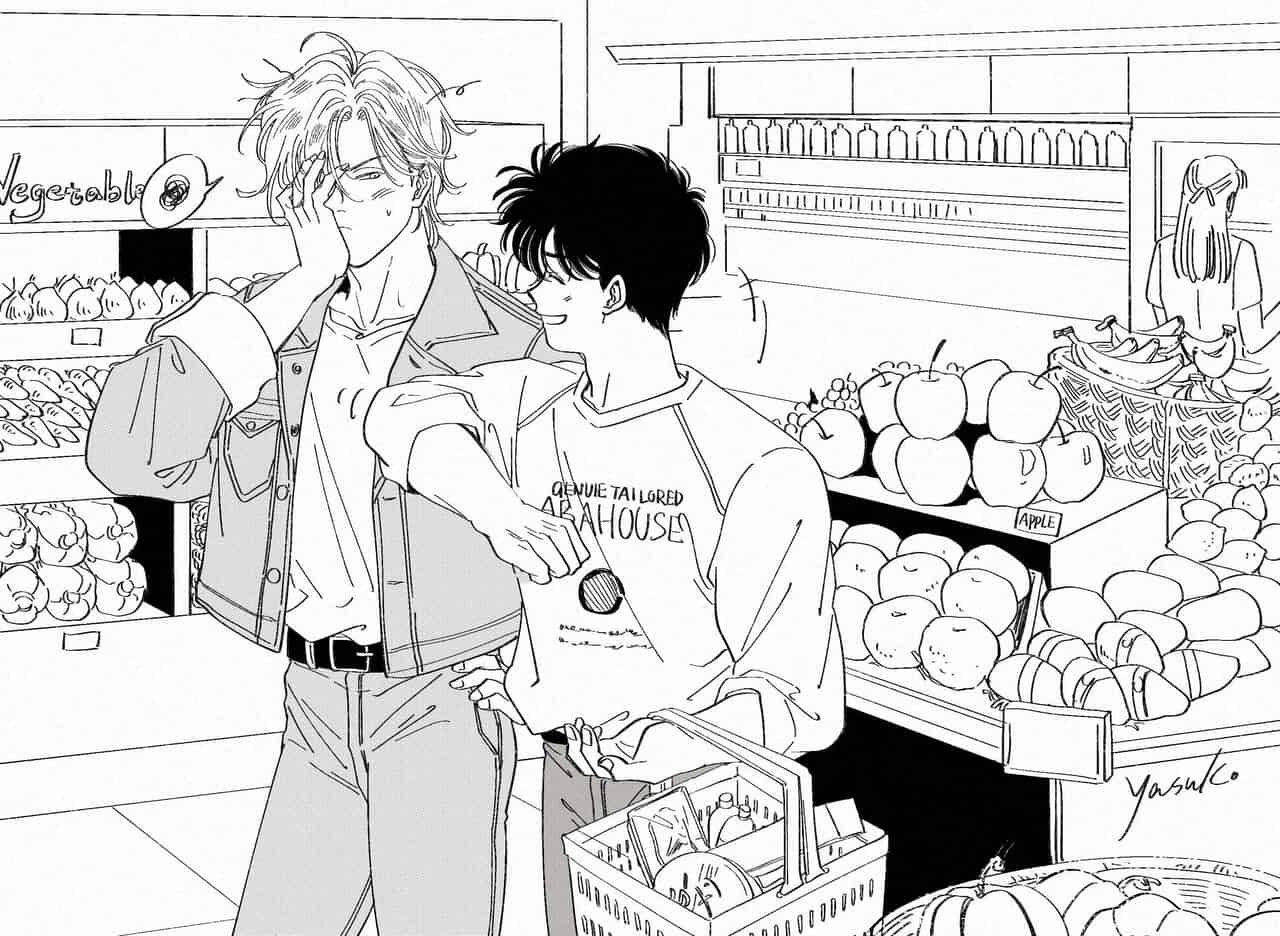Shonen Jump - the Magazine that Shaped the World of Manga

Competition is often the engine for all personal successes, allowing us to see how far we can really go
When Shueisha, a Japanese publishing company, launched Shonen Jump on August 1st, 1968, the aim was to compete with the other two most popular magazines of the time: Weekly Shonen Sunday and Weekly Shonen Magazine. Initially launched on a bi-weekly basis, Shonen Jump would come out weekly and become one of the most important Japanese cultural phenomena ever.
Modern Shonen Jump covers
Tracing the history, influence, and success of Shonen Jump is one of the leitmotifs behind Sabukaru, which explores the foundations of the modern community in all its socio-cultural aspects. Above all, the manga phenomenon has defined and narrated the canons of a troubled society, but one full of creative minds.
"When Shōnen Jump (renamed as Weekly Shōnen Jump afterward) was launched by Shueisha in 1968, it was only a magazine targeted at boys in primary school. But after making a couple of issues, we found that adults needed shōnen manga as much as the young boys. We thus changed to publish manga that was more sophisticated," said Hiroki Goto, one of the first and most important editors of Shonen Jump.
First issue of SHONEN JUMP from 1968
For the launch of the magazine, Go Nagai was approached to take the reins of the project and become the first author to write a serialized story in Shonen Jump. Harenchi Gakuen was the magazine's first success, where there were no restrictions on depicting erotic scenes, war, or death. The arrival of Shonen Jump was revolutionary because it had established itself as the springboard for the new generation of mangaka, who increasingly wanted to be able to express themselves freely and without external friction.
Go Nagai - First author working for SHONEN JUMP
At the same time, the magazine was set up to appeal to a younger audience and therefore with themes related to love, sport and comedy. In fact, the term “shonen” means “boy”. Shonen Jump's early beginnings were about exploring the Japanese publishing market, where it seemed almost impossible to surpass the artistic value and caliber of the authors in rival magazines.
The Beginning of Shonen Jump’s Success
The success of Weekly Shonen Jump was the natural consequence of the generational change taking place at the time. The first aspect that paid off was the recognition of Go Nagai's talent. On October 2nd, 1972, Weekly Shonen Jump began the serialization of Mazinger Z, one of those few mangas that can be labeled as a milestone.
Scene from MAZINGER Z
The manga starts softly, telling the story of the Super Robot and its pilot, Koji Kabuto, in a light and simple way, and then it moves more and more towards a mature and structured characterization.
Koji Kabuto and his robot MAZINGER Z
Mazinger Z’s author Go Nagai had become famous for his comic and horror stories in the 1950s and early 1960s, but he pursued the need to shed light on his infinite creativity and bring worldwide attention to the manga phenomenon.
As he has often repeated in his interviews, Nagai lived through the post-war period and it shaped his work.
Go Nagai’s drawing of himself and his characters
"I was born three weeks after the Japanese capitulation, so I lived the horror of the war only through the testimonies and the stories of people around me, but I was affected by for sure, so all my works were: the fear of the war is clear in every story of mine and I'm often misunderstood because I prefer not to express explicitly pacific messages, but I rather show what would happen if we come to a new world war. I also think that some characters I created share a hippie soul because I started working just in 1968, so they were inevitably influenced by those years."
BAREFOOT GEN by Keiji Nakazawa
Thanks to Go Nagai's innovative work, the golden age of Shonen Jump began with a wide range of mangakas able to tell hard and more mature themes. Keiji Nakazawa's Barefoot Gen, published in 1973, is the autobiographical story of the author during the 1945 atomic bombing of Hiroshima. Originally, it was supposed to be a 45-page autobiographical story titled Ore ha mita, but Shonen Jump's editor at the time, Tadasu Nagano, convinced the author to develop it into a series. At that time, Nakazawa's work was a great success with the audience and critics, so much so that it established itself as the forerunner to the wider spread of seinen manga [manga targeted at men]. With its success in Japan, it was mandatory to take it around the world.
Volumes 1-10 of BAREFOOT GEN
A Tokyo-based non-profit peace group decided to publish a single 1400-page tome, in English, and send it around the globe. But, at the time, not everyone was ready to interface with the medium of manga, which is realistic in its story and crude in its stylistic features. Even recently, in Japan, manga had been banned in some schools because it was considered "ultra-leftist [...] that perpetuated lies and instilled defeatist ideology in the minds of young Japanese."
Atomic bomb aftermath from BAREFOOT GEN
In America, the Comics Code Authority considered Gen's scenes to be "graphically too violent" for a type of literature aimed at young people, disregarding the author's work in condemning war, destruction, and depression. Kazuhiko Torishima, the long-time editor of Shonen Jump, commented on the matter saying, "I feel sorry for U.S. children who live in a Disney-filtered world."
School scene from BAREFOOT GEN
"The theme of our comics is growth, boys overcoming problems and getting stronger," Torishima continues in the book Japan Pop! Inside the World of Japanese Popular Culture.
Shueisha's weekly magazine has always based the success of a series on the dokusha kado - feedback forms included in the weeklies, which allow readers to rate each series - and thus make it clear whether or not to continue publishing it. Many series that were crude and graphic, such as those by Go Nagai and Keiji Nakazawa, were scorned by the various parents' associations of the time, who considered those stories unsuitable for their children.
Keiji Nakazawa at the Hiroshima Peace Memorial
Nakazawa's poignant story highlighted WSJ's desire to create a generation of writers with innate talent. The 1970s placed more attention on these cruder themes, even though the main aim of the magazine was to attract a teenage audience. Indeed, Shonen Jump's motto was encapsulated in “Friendship, Effort, and Victory”, three concepts that we will find in some of the greatest works ever such as Dragon Ball, Saint Seiya, Naruto, Hunter x Hunter, and One Piece. The 1980s became the perfect ground to develop the international success of Shonen Jump.
The golden age of Shonen Jump: a plunge into the 1980s
In the late 1970s and early 1980s, Weekly Shonen Jump sold more than 3 million copies. Numbers certified its dominance in the publishing landscape of the time. The times to come would be even rosier.
Series that were introduced to SHONEN JUMP in the 80s - Fist of the North Star / Dragon Ball / JoJo’s Bizarre Adventure
In the words of some Shonen Jump editors such as Masahiko Ibaraki, that decade was also crucial for the evolution of the magazine's employees themselves. "I also wanted to train rookie manga creators to be full-fledged professionals by myself as early as possible, because staff editors of the department weren't acknowledged until they properly trained manga creators by themselves and we were much aware of that atmosphere... But under the circumstances, the head editor must have thought of various strategies. I don't know whether it was from a sense of crisis, but it was clear that our magazine had always been the top until that time and we still should keep the status by all means”, Ibaraki recalls.
Ken the Warrior from FIST OF THE NORTH STAR
The mood of the entire department began to change dramatically with the serialization of Fist of the North Star, or Hokuto No Ken, created by Buronson and drawn by Tetsuo Hara, from 1983 until 1988. The manga, regarded as WSJ's first real planetary success, was set in a post-nuclear context consisting only of ruins and deserts. All the survivors fight for the very few remaining resources of water and food, creating continuous civil strife. Kenshiro aka Ken the Warrior is the protagonist who, thanks to an ancient martial art of assassination called Hokuto Shinken, defends the weak against the antagonist Raoh's thirst for power.
FIST OF THE NORTH STAR Shonen Jump cover
The first trend of the shonen genre developed thanks to Kenshiro, i.e. the prototype of the muscular character with an ace up his sleeve and constantly fighting to save the world.
Inspired by the kung-fu films of the 1970s and the Mad Max series, the two authors integrated the Shonen Jump motto and violence as a means of rebellion into the manga. Hara's debut on Shonen Jump dates back to 1982 with Mad Fighter, a mini-series focusing on motorbike gangs in which the author's style began to emerge strongly. The early beginnings were the dress rehearsal for the birth of Hokuto No Ken, where Hara and Buronson's creative vein and approach were already clear.
Fist of the North Star
Ken the Warrior was the project that paved the way for the modern shonen genre. The incredible amount of violence in the manga volumes tells us about the continuous contrast between good and evil. Kenshiro is the chosen one charged with protecting his land at all costs and violence is the only direct method of expressing his personality. Buronson and Hara have forged the entire series in a mix of pop, mainly cinematic, influences to tell almost real stories.
Manga Writer Buronson (right) who was nicknamed after Charles Bronson (left)
Everyone knows that the life of a mangaka is always on the edge and nervous breakdowns are the order of the day. Nobuhiko Horie, editor of WSJ at the time, was the one who supported Hara and Buronson in turning Hokuto no Ken into a worldwide phenomenon. In fact, it was Horie himself who encouraged the first to create a manga with “a martial artist who destroys his opponents by striking their acupressure points”. Horie is the confirmation of how important it is to surround yourself with a team that enhances your art in the best possible way. There are many excellent artists, but they are relegated to obscurity.
Tetsuo Hara
The two authors' project with this manga proved to be fundamental in creating an increasingly mature audience looking for stories with an extra step. Thanks to the work of the two artists, the quest for realism became something tangible and attainable. Beyond the pop influences, the subjects and settings also proved to be very close to our own contexts.
Thanks to Hokuto No Ken, the entire manga world came out into the open and started a natural evolution of the movement. The work sent out a clear message: it is possible to create fantasy stories, but elaborate on the narrative level and able to influence the lives of its readers. The mangaka themselves were people with ordinary jobs, but with a great desire to turn their passions into a steady income.
Collection of Mangas featured in SHONEN JUMP over the years
“Geniuses are made, not born,” said Hiroki Goto, one of the most important editors of the magazine. “Toriyama worked very hard for his manga. Before becoming a mangaka, he worked at an advertising agency for three years and he never felt happy about it. After quitting his previous job, he had done all kinds of part-time jobs. But as his mother required him to find a serious job to earn money, he decided to submit a work to an amateur contest in the Jump magazine in order to win the prize money. Even though he did not win, we spotted something different in his work and later contacted him.”
Special One Piece SHONEN JUMP Edition
In a few, WSJ's expansionist policy bore fruit: DragonBall, JoJo, Slam Dunk, Rookies, City Hunter, Dragon Quest, One Piece, Naruto, Hunter x Hunter, Bleach, and many more. A roster of geniuses and manga connoisseurs, capable of subverting publishing laws forever. And we, readers, can only be grateful.
Text by Alessandro Ranieri


